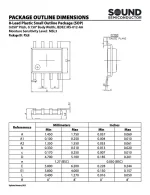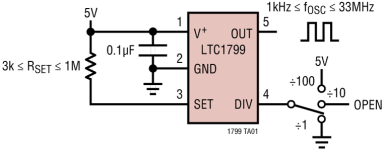iamjackslackof
Well-known member
I came across this new BBD IC on Guitar Bomb (and only a dollar or so apiece!), it seems like it could enable a lot of neat new DIY delay and modulation effects. I'm not quite the target audience, to be designing new circuits with it, but I look forward to all you smart people doing cool stuff with it!



